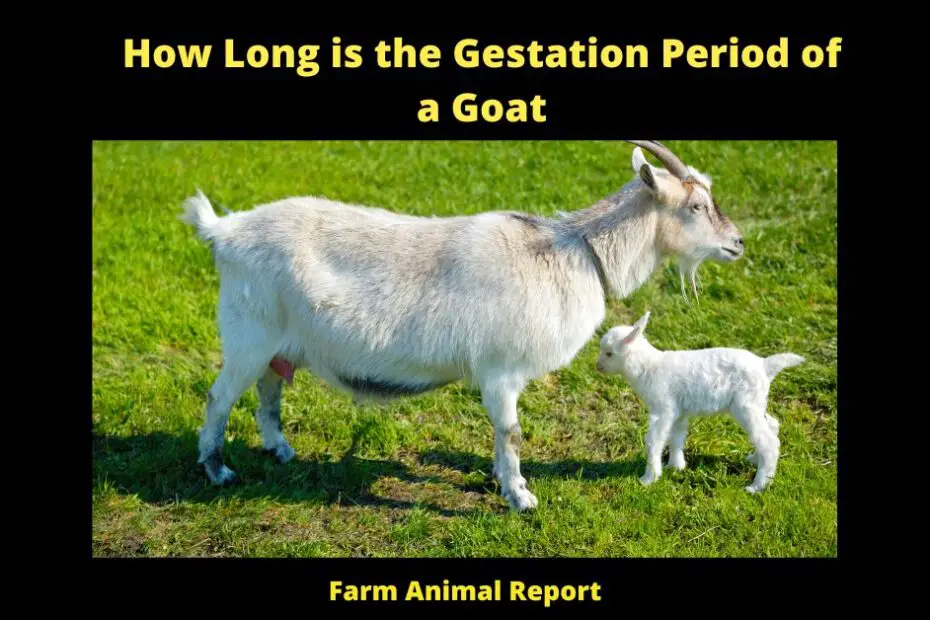How Long is the Gestation Period of a Goat – Do you know how long the gestation period of a goat is? If not, don’t worry! We will go over that in this blog post. The gestation period of a goat is typically around 150 days. This means that if you are planning on having goats as pets or for milk production, you need to be prepared for quite a long wait!
How Long is the Gestation Period of a Goat?
Pregnancy in goats generally lasts about 145 -153 days, give or take a week or so. kidding season usually falls between March and May, though some goats may kid as early as February or as late as June. If you’re thinking about breeding your goat, it’s important to know about the kidding process and what to expect. Here’s a quick overview of what you need to know.
Pregnancy
The average gestation period for a goat is 145 days, but kidding can occur anywhere from 138 to 153 days. So, if you’re planning on breeding your goat, be sure to keep an eye on her around this time. It’s also important to note that first-time mothers often take longer to deliver than does does who have kidded before.
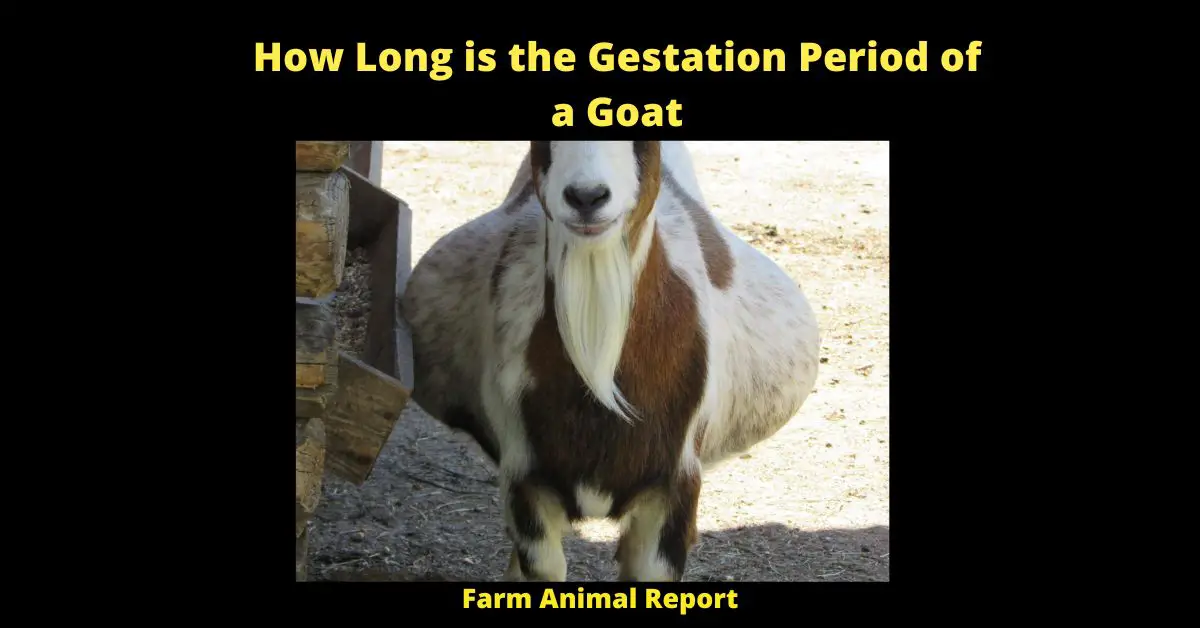
Birth
When kidding season comes around, you’ll want to keep a close eye on your doe. Does usually show signs of impending labor about 12 hours before they actually kid. These signs include restlessness, pawing at the ground, and calling out for their mates. Once labor begins, it usually progresses quickly; most does will deliver within an hour or two with no complications.
How Long does it take for a Goat to Give Birth?
Usually 1-2 Hours. Most goats will give birth without any problem. However, there are some things you can do to help ensure a successful delivery.
- First, make sure the goat is in a clean and dry environment. This will help to prevent infection.
- Second, provide her with plenty of fresh water and hay. This will help to keep her hydrated and comfortable.
- Third, be prepared to assist if necessary. If the goat is having trouble delivering, gently pull the baby out using clean hands.
- Finally, call a vet if you have any concerns. They will be able to help you through the delivery process and make sure both the goat and the baby are healthy. With a little preparation, most goats will give birth without any problems. However, it is always best to be prepared just in case.
How Long after Birth can a Baby Goat walk?
Baby goats, or kids, are able to walk and run almost immediately after they are born. In fact, it’s not uncommon for kids to be up and about within minutes of entering the world.
This is because goats are built for agility and speed, with strong muscles and rugged hooves that are well suited for climbing and traversing rough terrain. However, it takes time for kids to develop coordination and balance, so they may need to cling to their mother’s side or take a few spills before they learn how to move around like adults.
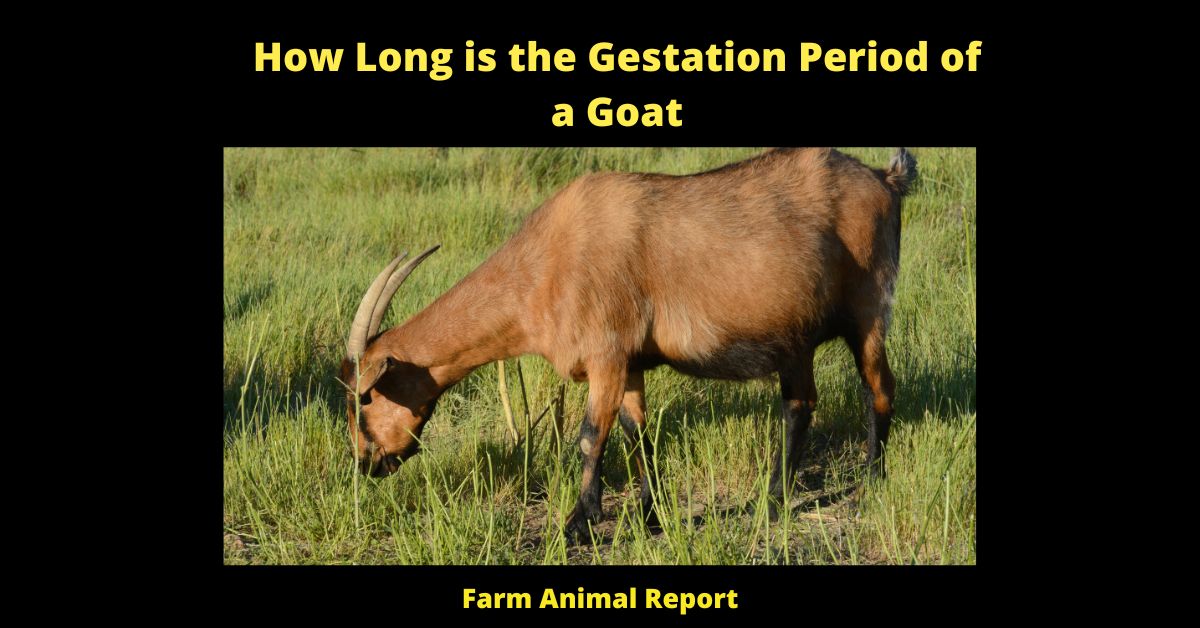
Nevertheless, given a little time and practice, most baby goats will be up and running in no time. So if you see a newborn kid wobbling around, don’t worry – they’ll be on their feet in no time at all.
How many Babies do Goats Have ?
A healthy doe can have between one and four kids per kidding. However, twins are the most common, followed by triplets. While it’s not unheard of for a doe to have quintuplets or even sextuplets, these are quite rare.
Does usually give birth to a single kid if they are having their first litter, or if they are smaller breeds of goats. Larger does tend to have more kids per kidding. Ultimately, the number of kids a doe has depends on her own health and genetics.
How Much does a Baby Goat weigh at Birth?
A baby goat, or kid, typically weighs between 4 and 8 pounds at birth. However, there is a lot of variation depending on the breed of goat and the size of the mother.
Some kids can be as small as 2 pounds, while others may weigh as much as 10 or 12 pounds. The average litter size is two, so most farmers end up with two healthy kids of relatively similar weights.
Nevertheless, it’s not unusual for one kid to be significantly larger or smaller than its sibling. Generally speaking, the larger the mother goat, the larger her offspring will be
Pregnant Goat Feed
It’s important to make sure your doe has plenty of fresh water and hay available during pregnancy and kidding. You may also want to offer her some grain or other concentrate feed to help her meet her increased nutritional needs. Be sure not to overfeed her, though; too much grain can lead to problems during delivery.
A Pregnant goat needs a lot of food to support the growth of her unborn kid or kids. The best type of feed to give a pregnant goat is hay, pasture grass, and a little bit of grain.
Hay is the best type of feed because it is high in fiber which helps with digestion and keeps the doe’s body functioning properly. Grass is also high in fiber and nutrients, and it gives the pregnant doe something to graze on during the day.
Grain should be given sparingly, as it can cause digestive issues if the doe eats too much. A pregnant goat also needs access to fresh water at all times. It is important to monitor the doe’s diet closely to make sure she is getting enough nutrients, as this can impact the health of her unborn kids.
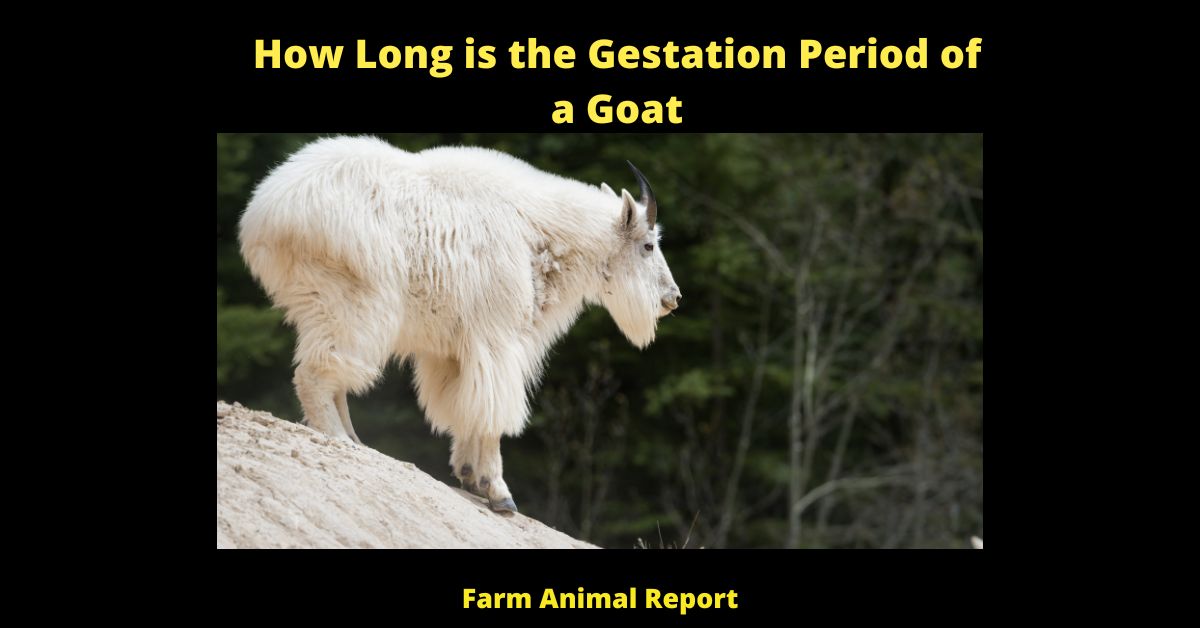
What is the Best types of Feed to feed a Baby Kid – Bottle Feed
If You are having with the mother Milking. Any parent wants what is best for their child, especially when it comes to what they eat. When it comes to feeding baby goats, there are a few different options available. One popular choice is to feed them milk replacer, which is a powdered formula that contains all the nutrients that baby goats need.
Another option is to feed them whole milk from a cow or goat. This option is generally cheaper than milk replacers, but it can be more difficult to find a source of high-quality milk. Ultimately, the best decision for your baby goat will depend on your budget and what is readily available to you. Whichever option you choose, be sure to consult with a veterinarian to ensure that your baby goat is getting the nutrition they need.
If you have a doe who is having trouble delivering her kids, you may need to bottle-feed them until she is able to do so herself. To do this, you’ll need a clean bottle and some kid milk replacer (KMR). KMR is a powdered milk product that you can find at most farm supply stores; just follow the directions on the package to mix it up. Once you’ve mixed up the KMR, use an eyedropper or syringe (without the needle) to feed it to the kids.
You’ll need to feed them every two hours or so until they are ableto nurse on their own; after that, you can reduce the frequency of feedings gradually over the course of a few days until they are weaned off the bottle entirely.
Birthing Problems
In most cases, kidding goes smoothly and without any complications. However, there are sometimes problems that can arise during delivery. If you notice that your doe is having difficulty delivering her kid (or kids), contact your veterinarian immediately. They will be able to advise you on what steps need to be taken in order to ensure a safe delivery for both dam and kid (or kids).
Some of the most common problems is dystocia, or difficulty giving birth.
- Dystocia can be caused by a number of factors, including twins, malposition of the fetus, or an oversized fetus.
- Another common problem is uterine torsion, which occurs when the uterus twists on itself, cutting off blood supply to the fetus. Uterine torsion is a serious condition that can be fatal if not treated quickly.
- Finally, placentitis is a condition that can occur when the placenta separates from the uterus prematurely. Placentitis can cause premature delivery, stillbirth, or weak and unhealthy kids.
As a goat owner, it’s important to be aware of these common birthing problems so that you can be prepared for the kidding season.
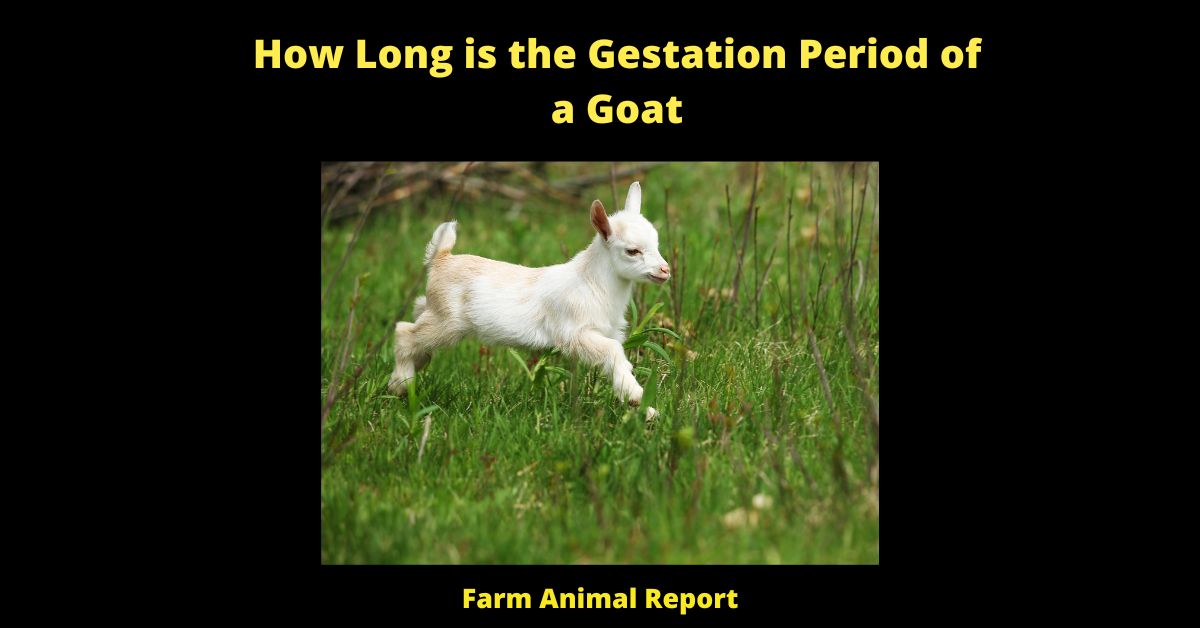
Final Thoughts – How Long is the Gestation Period of a Goat
The gestation period for a goat is typically 145 days long; however, kidding can occur anywhere from 138 days up to 153 days after breeding has occurred. First-time mothers often take longer to deliver than does who have kidded before. Does usually show signs of impending labor—such as restlessness, pawing at the ground, and calling out for their mates—about 12 hours before they actually kid. Most does will deliver within an hour or two with no complications; however, there are sometimes problems that can arise during delivery which may require intervention from a veterinarian. Bottle-feeding may also be necessary if a doe is having difficulty delivering her kids or if they are unable to nurse on their own after birth. Knowing what to expect during kidding season will help ensure a smooth delivery for both dam and kid (or kids).
God Bless Greg


